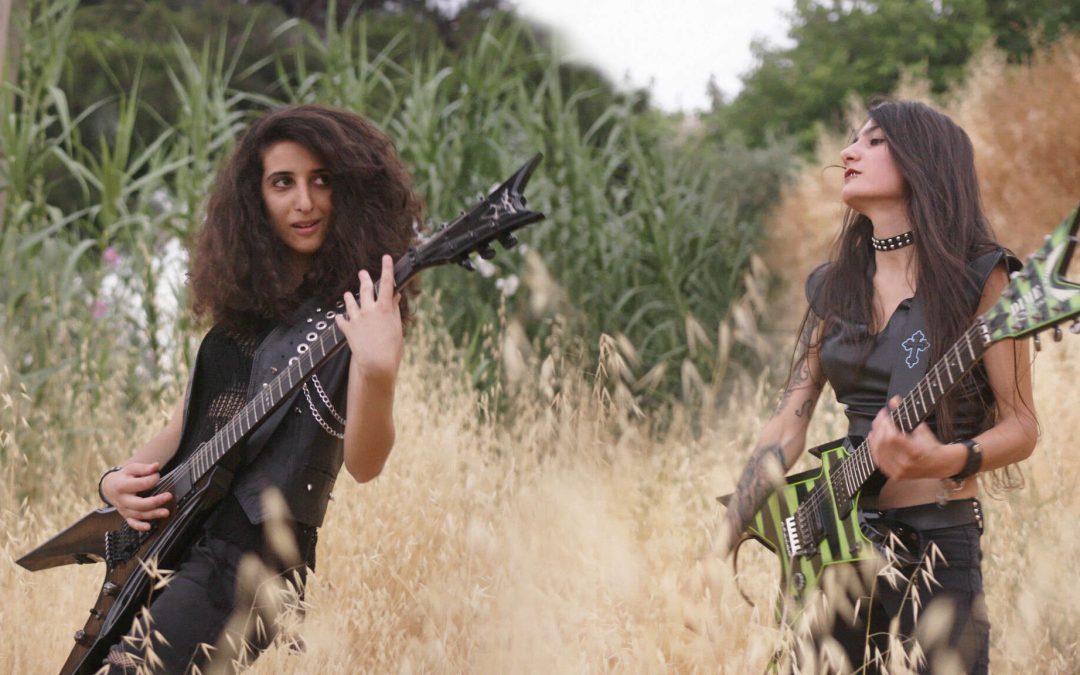In the vast expanse of Western cinema, few films have captured the essence of the tumultuous 19th-century American frontier as vividly as “Young Guns.” Released in 1988 and directed by Christopher Cain, this action-packed Western not only showcases the rugged landscapes of the Old West but also introduces a group of young outlaws whose exploits and camaraderie became legendary in their own right.
Plot Overview:
“Young Guns” is a retelling of the famous Lincoln County War in New Mexico during the late 1870s. The film centers around Billy the Kid, portrayed by Emilio Estevez, a charismatic and rebellious young outlaw who becomes the leader of a group known as the Regulators. The Regulators are a motley crew of misfits and renegades, each with their own troubled pasts, played by an ensemble cast including Kiefer Sutherland, Lou Diamond Phillips, Charlie Sheen, Dermot Mulroney, and Casey Siemaszko.
As the Regulators band together to seek justice against corrupt cattle ranchers and the oppressive authorities, they find themselves embroiled in a deadly conflict that tests their loyalty and survival instincts. The film explores themes of friendship, loyalty, and the moral ambiguity that often accompanies life on the lawless frontier.
Character Dynamics:
One of the film’s strengths lies in its portrayal of the complex relationships within the Regulators. Each member brings a distinct personality to the group, creating a dynamic that is both entertaining and emotionally resonant. Emilio Estevez’s Billy the Kid is a magnetic and enigmatic leader, while Kiefer Sutherland’s Doc Scurlock serves as the moral compass of the group. Lou Diamond Phillips, Charlie Sheen, Dermot Mulroney, and Casey Siemaszko round out the cast with performances that breathe life into their characters, making them more than mere stereotypes of the genre.
The camaraderie and banter between the Regulators provide moments of levity amidst the intense action sequences. The film skillfully balances the gravity of their predicament with the youthful exuberance and recklessness that define the characters.
Cinematic Excellence:
“Young Guns” excels not only in its storytelling but also in its visual and auditory elements. Cinematographer Dean Semler captures the expansive landscapes of the New Mexican desert with sweeping shots that showcase both the beauty and brutality of the frontier. The film’s score, composed by Anthony Marinelli and Brian Banks, enhances the viewing experience with a mix of traditional Western themes and contemporary sounds that give the film a unique and memorable musical identity.
Action-packed Sequences:
The film’s action sequences are a highlight, combining traditional gunfights with a modern sensibility. The Regulators’ confrontations with their adversaries are choreographed with a flair that keeps the audience on the edge of their seats. The use of slow-motion, dynamic camera angles, and intense close-ups adds a stylistic touch to the film’s action, elevating it beyond the typical Western fare.
Historical Accuracy and Creative Liberties:
While “Young Guns” draws inspiration from historical events, it takes creative liberties for the sake of dramatic storytelling. Purists may find some deviations from the true accounts of the Lincoln County War, but the film succeeds in capturing the spirit of the era and the challenges faced by those living on the frontier. It serves as a cinematic interpretation rather than a strict historical reenactment, allowing for a more engaging narrative.
Legacy and Cultural Impact:
“Young Guns” found success not only at the box office but also in its lasting impact on popular culture. The film spawned a sequel, “Young Guns II,” and the characters of Billy the Kid and the Regulators continue to be celebrated in Western lore. The memorable one-liners, iconic performances, and the fusion of traditional Western elements with a contemporary edge contribute to the film’s enduring legacy.
Conclusion:
“Young Guns” stands as a testament to the enduring appeal of the Western genre when infused with fresh perspectives and dynamic storytelling. The film’s combination of compelling characters, stunning visuals, and thrilling action sequences make it a timeless addition to the Western film canon. Whether you’re a fan of the genre or a newcomer to the world of cowboys and outlaws, “Young Guns” offers a gripping and entertaining journey through the untamed landscapes of the Old West.
1. What is “Young Guns” about? “Young Guns” is a Western film released in 1988 that follows the story of Billy the Kid and his group of young outlaws known as the Regulators. The film is set against the backdrop of the Lincoln County War in New Mexico during the late 1870s, portraying their struggles for justice and survival in the lawless frontier.
2. Who are the main characters in “Young Guns”? The main characters include Billy the Kid, portrayed by Emilio Estevez, and the Regulators: Doc Scurlock (Kiefer Sutherland), Chavez (Lou Diamond Phillips), Dick Brewer (Charlie Sheen), Dirty Steve (Dermot Mulroney), and Charley Bowdre (Casey Siemaszko).
3. Is “Young Guns” based on a true story? Yes, the film is loosely based on historical events surrounding the Lincoln County War and the infamous outlaw Billy the Kid. While the movie takes creative liberties for dramatic effect, it draws inspiration from real-life figures and incidents.
4. Who directed “Young Guns,” and who wrote the screenplay? Christopher Cain directed “Young Guns,” and John Fusco wrote the screenplay. Fusco’s script blends historical elements with fictionalized storytelling to create a compelling narrative.
5. What is the significance of the title “Young Guns”? The title “Young Guns” reflects the youthfulness and rebellious spirit of the main characters, who are a group of young outlaws led by Billy the Kid. It emphasizes their daring exploits and challenges the traditional image of seasoned, older cowboys in Westerns.
6. How well did “Young Guns” perform at the box office? “Young Guns” was a commercial success, grossing over $45 million worldwide. Its popularity led to the release of a sequel, “Young Guns II,” in 1990.
7. Are there historical inaccuracies in the movie? While “Young Guns” draws inspiration from historical events, it takes creative liberties for dramatic purposes. Some details and timelines may differ from the actual historical accounts of the Lincoln County War and the lives of the characters.
8. What is the legacy of “Young Guns”? “Young Guns” has left a lasting impact on Western cinema, becoming a cult classic in the genre. The film’s characters, especially Billy the Kid, continue to be celebrated in popular culture. The success of “Young Guns” paved the way for a sequel and solidified its place in the Western film canon.
9. Is there a sequel to “Young Guns”? Yes, a sequel titled “Young Guns II” was released in 1990. It continues the story of Billy the Kid and the Regulators, exploring further aspects of their lives and adventures.
10. Where was “Young Guns” filmed? The movie was primarily filmed in New Mexico, USA, capturing the authentic landscapes of the Old West. The picturesque locations contribute to the film’s visual appeal and the portrayal of the rugged frontier.

